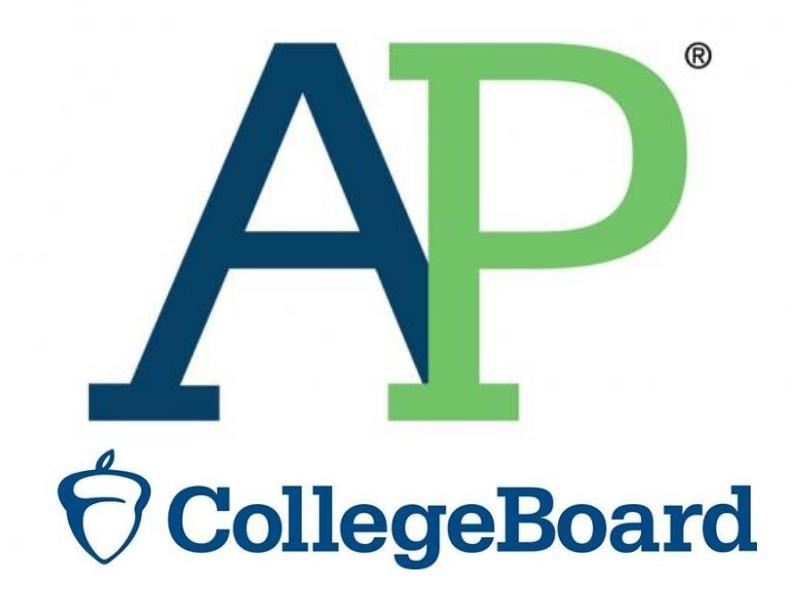Introduction & Inspiration
The Advanced Placement program (AP) is the cream of the crop when it comes to the standard of academic success and promise today in the United States. Its predecessor, the School & College Study of Admission with Advanced Standing, had a vision for how academics should be instilled in every classroom throughout the nation. AP was officially established in the Spring of 1980 and was a project long in the making. Its initial brainstorming began in the late 1950s when the Soviet Union launched Sputnik I. This period filled with scientific progress became the driving factor to advance in competitive fields such as science and mathematics.
AP’s Vision for Students
At the beginning of the 1980s, academic success was defined as getting As and Bs and taking moderately hard classes. However, this was part of the future AP envisioned for the public and private school sector. They had a vision of a future where students not only took multiple rigorous courses, but also excelled at them. Nevertheless, before compiling a formal criteria of success for other schools and colleges to see, AP knew that they had to push out their message to the mass of students who are resilient, goal-oriented, and competitive. The goals and promises they made to students are as follows:
- Give risk-taking students the upper-hand in early college admissions over freshmen.
- Give intensive instructions in order to improve college readiness.
- Schools with high academic standards will have a higher chance of achieving success.
- Colleges will put their confidence in the future of schools that prioritize academic provision.
Challenges
In its infancy, AP faced pushback from opposing scholars and school board administrators which resulted in a political and philosophical dilemma. Common complaints expressed by teachers was the doubt in AP’s curriculum for giving teachers enough freedom to modify their syllabus to make it more engaging for students. Teachers feared that AP’s rigid criteria might strip students of their creative freedoms and make education boring and unenjoyable.
Since higher level education at the time was limited and nitpicky when it came to credit acceptance, AP knew they would have a hard time convincing colleges to accept AP as a possible credit. For weeks on end, the leads from each department of study convened and discussed the score scale for the AP exams, which was ultimately decided upon 1 to 5 with a score of 3 or above ideal. Eventually, hundreds of colleges, both public and private, began setting their requirements for ideal exam scores with Ivy League Colleges accepting scores of 4 or 5, nothing below.
Conclusion
44 years ago, AP set an unbreakable precedent which still serves as inspiration for competitive academics willing to break the cycle when it comes to the academic integrity and success of themselves and those they care about.
Sources Include: “The Advanced Placement Program: Reflections on Its Origins” by The Elective & The Pinecrest Preparatory Academy (Image).









